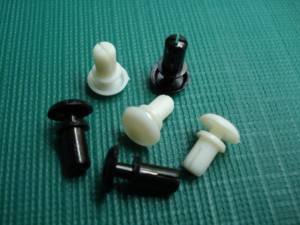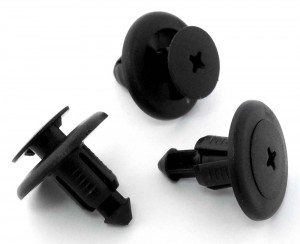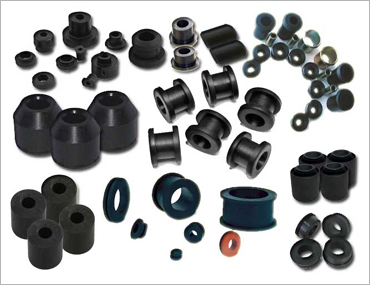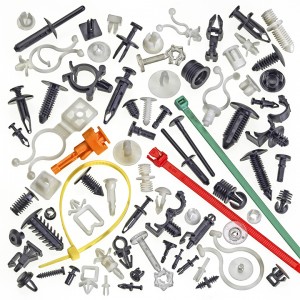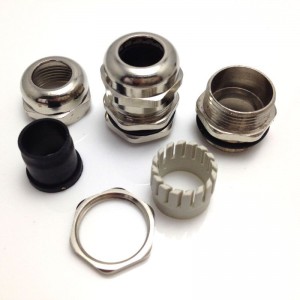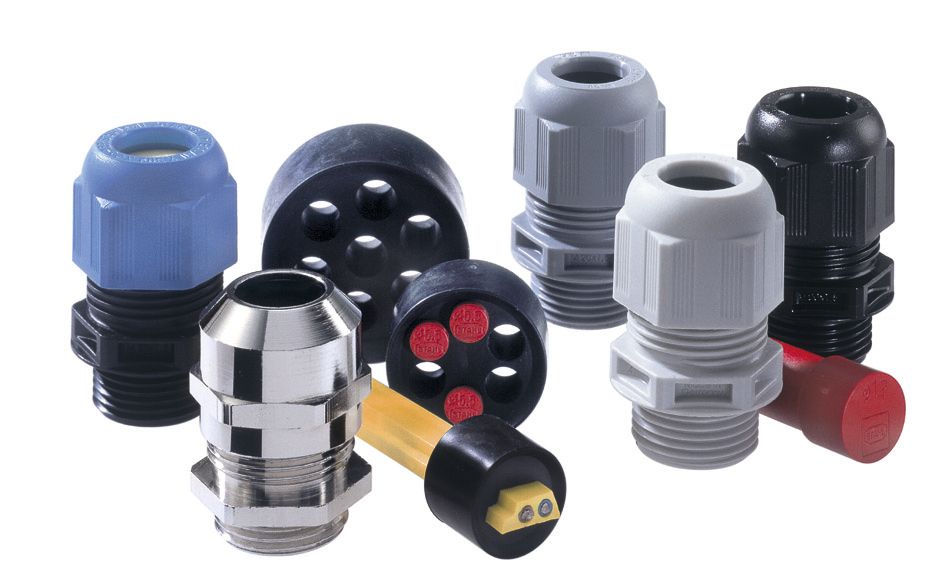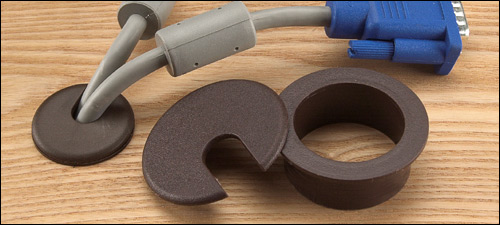 What is a grommet? It depends on where you are when you ask. If you’re at the beach, people would likely tell you it’s a young surfer, while if you were at the hardware store, the clerk would tell you that it’s a ring or edge strip that lines a hole. A grommet in the context of a ring is often used on sheets of thin material, such as textile fabric, metal, carbon fiber composite, honeycomb, and wood. Often made of metal, rubber, or plastic, it comes flared or collared on both sides so it will stay in place. Its main functions are to protect the hole from abrasion and to cover its sharp edges as well.
What is a grommet? It depends on where you are when you ask. If you’re at the beach, people would likely tell you it’s a young surfer, while if you were at the hardware store, the clerk would tell you that it’s a ring or edge strip that lines a hole. A grommet in the context of a ring is often used on sheets of thin material, such as textile fabric, metal, carbon fiber composite, honeycomb, and wood. Often made of metal, rubber, or plastic, it comes flared or collared on both sides so it will stay in place. Its main functions are to protect the hole from abrasion and to cover its sharp edges as well.
Grommets come in all sizes and hole configurations. Most of the time, grommets are the standard round shape, but in other cases, the hole edging may be round, but the grommet shape itself is square, hexagon, etc. Additionally, there’s also another kind of grommet that is best used for bigger holes of irregular shape. This is a continuous, stamped or extruded strip called grommet edging.
We see grommets everywhere and simply take their presence for granted. Look at lace-up shoes, for instance. Those eyelets we slip the string through are technically small grommets. When we put up a tarpaulin, the holes typically have grommets or the material might tear. In electrical applications, the grommets used are referred to as insulated bushings.A plastic grommet is commonly used for electrical equipment for the material’s insulating property.
A plastic grommet is frequently preferable to a metal one since it is resistant to corrosion, chemicals, harsh outdoor elements, and abrasion. If you don’t want rust on your material, you best use plastic. High quality plastic grommets are also long-lasting and sturdy. Of course, as mentioned above, their main draw for use with electrical equipment is their great electrical properties. Rubber also works, but plastic tends to be less yielding than rubber, although rubber’s tendency to adhere to the material is a definite plus in many instances. Plastic is generally more reliable, especially in outdoor conditions since rubber tends to get brittle with exposure. Both materials don’t really require special tools for installation.
Grommets in electrical equipment are often used to protect cables and to minimize vibration. Wires that pass through raw holes can become chafed and torn, something that you don’t want where electricity is involved. Meanwhile, grommets that lessen vibration are used for mounting shock-sensitive items, such as computer disk drives, andacoustically isolating things that are susceptible to microphonism.
Grommets are clearly everywhere. They may be nondescript items, but their clever function makes so many aspects of daily life so much more efficient.


